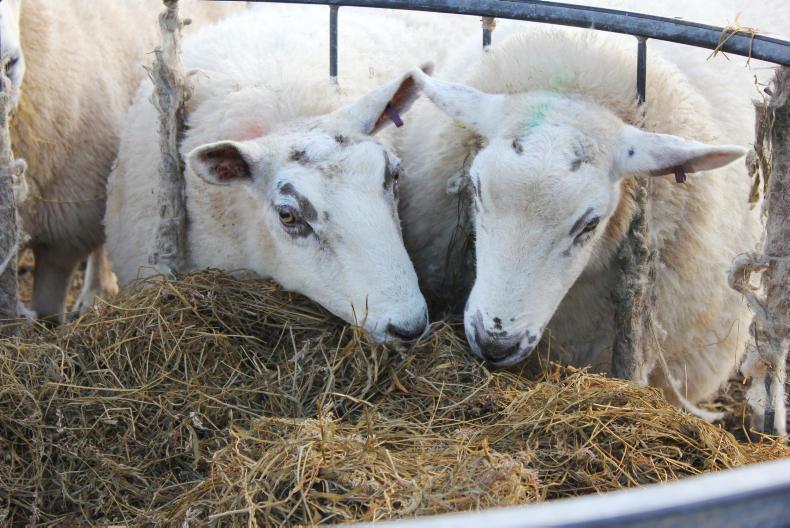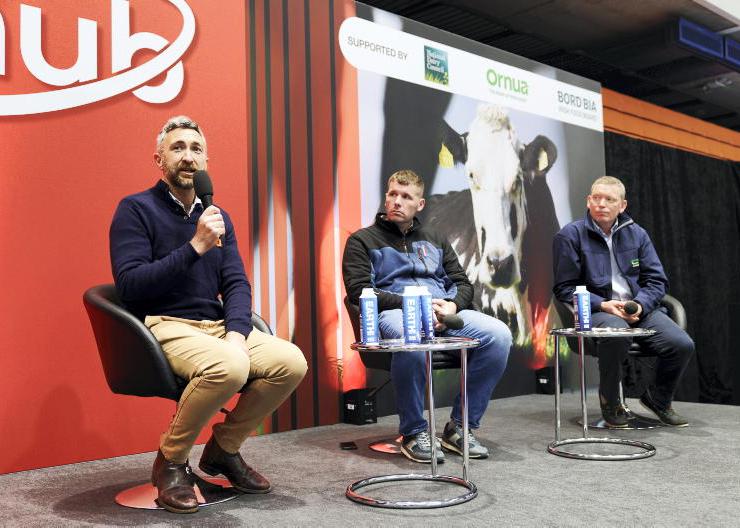One of the legacies from last year’s summer drought is a wider-than-normal range of silage samples and cutting dates for this farm.
Disappointingly light crops meant having to cut additional fields (with as few as four bales per acre), and I also sailed into unchartered territory by baling September grass.
After sampling five batches of either baled or clamped silage, the resulting analysis paints a far more uniform range than might have been expected.
Metabolisable energy (ME) varies from 10.5 to 11, and therefore the associated link with D-value is similarly close (from 65.7 to 68.5).
Protein levels are higher than normal, with the lowest figure being a pleasing 12.2, and rising steadily across the samples to reach an impressive 17.7.
I have had high protein figures in the past, but sometimes found it to be caused by excessive nitrogen left in the plant, and hence any perceived benefit was offset by a slightly dubious fermentation. That doesn’t appear to be the case this time around.
Dry matter
As you might expect, the long, dry spell of weather has translated into relatively high dry matters, with most of the silage averaging close to 30%.
One sample of bales is surprisingly low at 21.5%, and for some reason this batch seems to be the dish of choice for the pregnant ewes.
I consider myself to be something of a silage connoisseur, and my wife finds it amusing when she walks into the yard and catches me with my nose stuck in a lump of silage
If I had to stick my neck out and predict which silage my livestock preferred, then this year would have made me out to be a complete idiot.
I consider myself to be something of a silage connoisseur, and my wife finds it amusing when she walks into the yard and catches me with my nose stuck in a lump of silage, pontificating at the same time about how good, or bad, that particular sample is.
For example, I decided that my first-time venture into late-season silage was a huge success and all classes of livestock would fight to the death over such delightful material.
It felt dry, appeared to have fermented well and had that lovely whiff of raw tobacco that is so familiar to anyone who grew up with a pipe-smoker in the family.
However, when I offered it along with stemmier June-saved grass (to both ewes and young dairy heifers) they practically licked the ground clean with the supposed inferior stuff before moving on to my much-vaunted sample.
This puzzled me, and despite repeating the experiment several times and mixing up a variety of bales from different fields, the same result occurred consistently.
Clue
After analysing these differing silages, there does seem to be one clue. Sugar levels in the summer silage is generally between 2% and 3%, whereas the September bales are 0.2% and 0.3%. Is it overly simple to draw the conclusion that 10-times less sugar translates into less palatable fodder?
And this variation in my taste-test has led to one other question.
If two bales of silage have a broadly similar analysis, and both have fermented decently, then how much value do you place on the bale which is preferentially consumed?
Or, what if the lesser sample (analytically) is eaten first? In my case, the bale that visually appeared to have noticeable amounts of stem is being eaten ahead of silage that looks fantastic. Therefore, the real question is: should I ignore the analysis and assume the tastier silage is providing more calorific value, or is the less flavoursome late-cut material providing more nutritional value?
For me, the answer is a clear-cut one that I use nowadays with alarming regularity – I haven’t got a clue.










SHARING OPTIONS